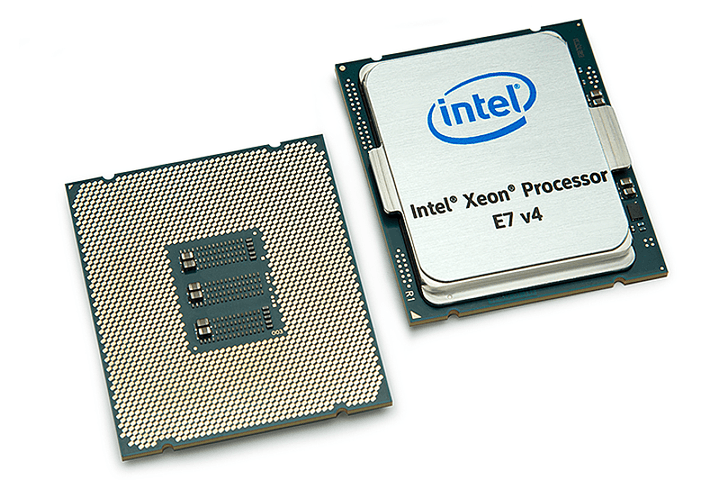AMD and Intel go head-to-head full throttle this year to power your next Windows 10 PC focused on massive numbers of cores

It’s been not nearly a week since Intel’s big announcement of its end-of-year release of its upcoming 24-core CPU, the E7-8894 v4 Xeon processor, which currently stands as the fastest consumer CPU on the market, with a price tag of $8,898, which sounds like a bargain only to those who truly require a disproportionate amount of power for specific tasks, such as running network servers, scientific simulations, and other extremely power-hungry projects.
Make no mistake, this is the Big League, and we are now leaps and bounds ahead of “puny” laptop-class 6-to-8 cores i7, and worthy competition has come forth.
AMD’s 2nd generation Ryzen Threadripper has been announced in the wake of Intel’s own fanfare, with a thunder-clap. The 32-core Threadripper 2 pushes the limits with a 12 nanometers dye, 64 threads, and 64MB of L3 cache, built on the Zen+ architecture, clapping back at Intel, as the ultimate supercomputing behemoth, at least until this coming Winter.
With that said, those gifted with pockets deep enough to afford this insane class of high-performance CPUs will have to face the problem of how to cool down CPUs with 24 to 32 cores and beyond, as each core generates just a little less heat than a typical old fashion one-core CPU. Multiply that by however many cores these monster processors have, and you can quickly figure out why you may want to keep a fire extinguisher handy, if you can’t afford a proper liquid cooling system, as no amount of copper will be able to dissipate that much heat.
The amount of power required by this class of processors is also something to keep in mind when choosing a power supply, especially when your rig not only has to properly feed a 32 core processor, but also other high-end hardware, like a high-power GPU, and advanced cooling systems. Currently the 32 cores Threadripper 2 requires 250W wo function, much like the 24 core version
For testing purposes, AMD has clocked into CPU down to 3.0 GHz, with Turbo frequency at 3.4, but just like Intel’s own high-end processor, the Threadripper 2 can be pushed to the current “absolute” limit of 5.0GHz.
Even if you do have deep pockets to cover the cost of getting the Threadripper 2, don’t rush into buy your mainboard yet, as currently there are no mainboards that officially support the power requirements of this CPU. MSI is already working on a successor to its MEG X399 Creation mainboard, which was last used to benchmark Threadripper 2. However, as mentioned earlier, the CPU was intentionally slowed down to clock just fast enough not to damage the hosting hardware.